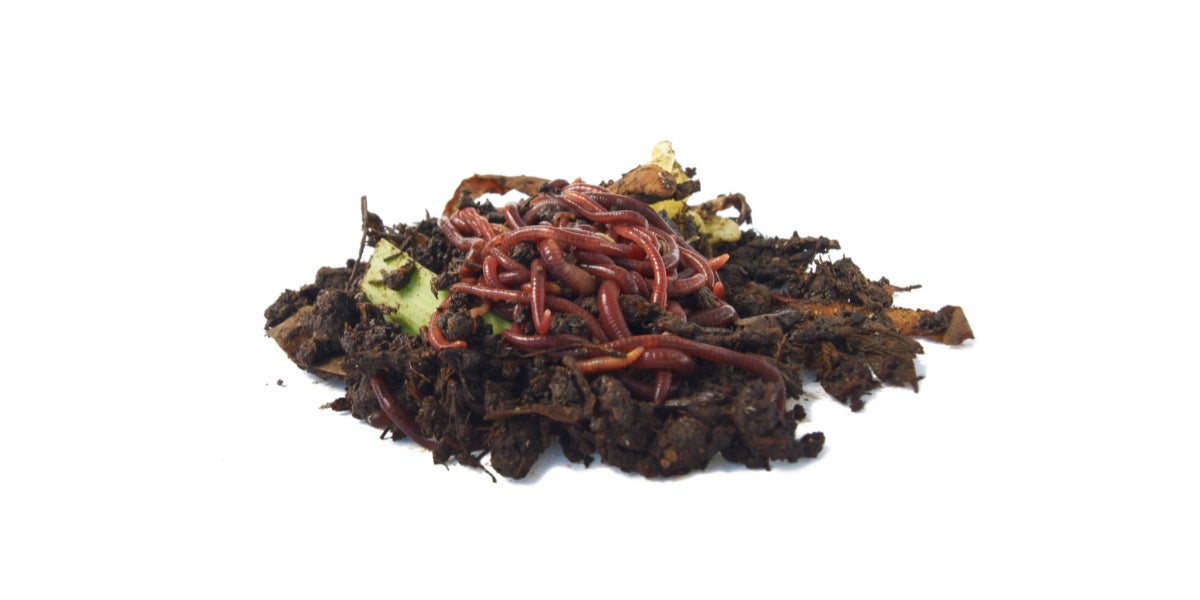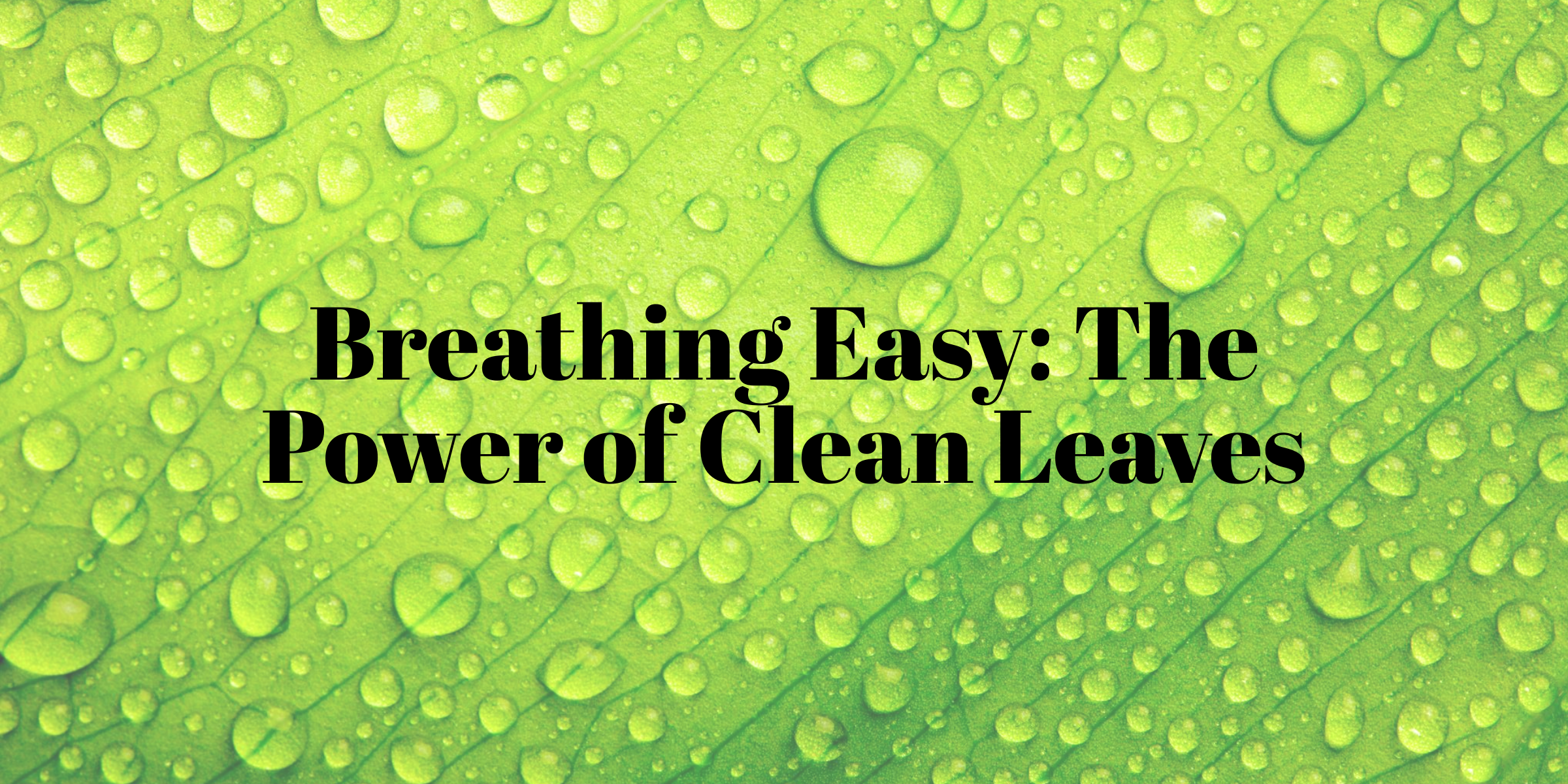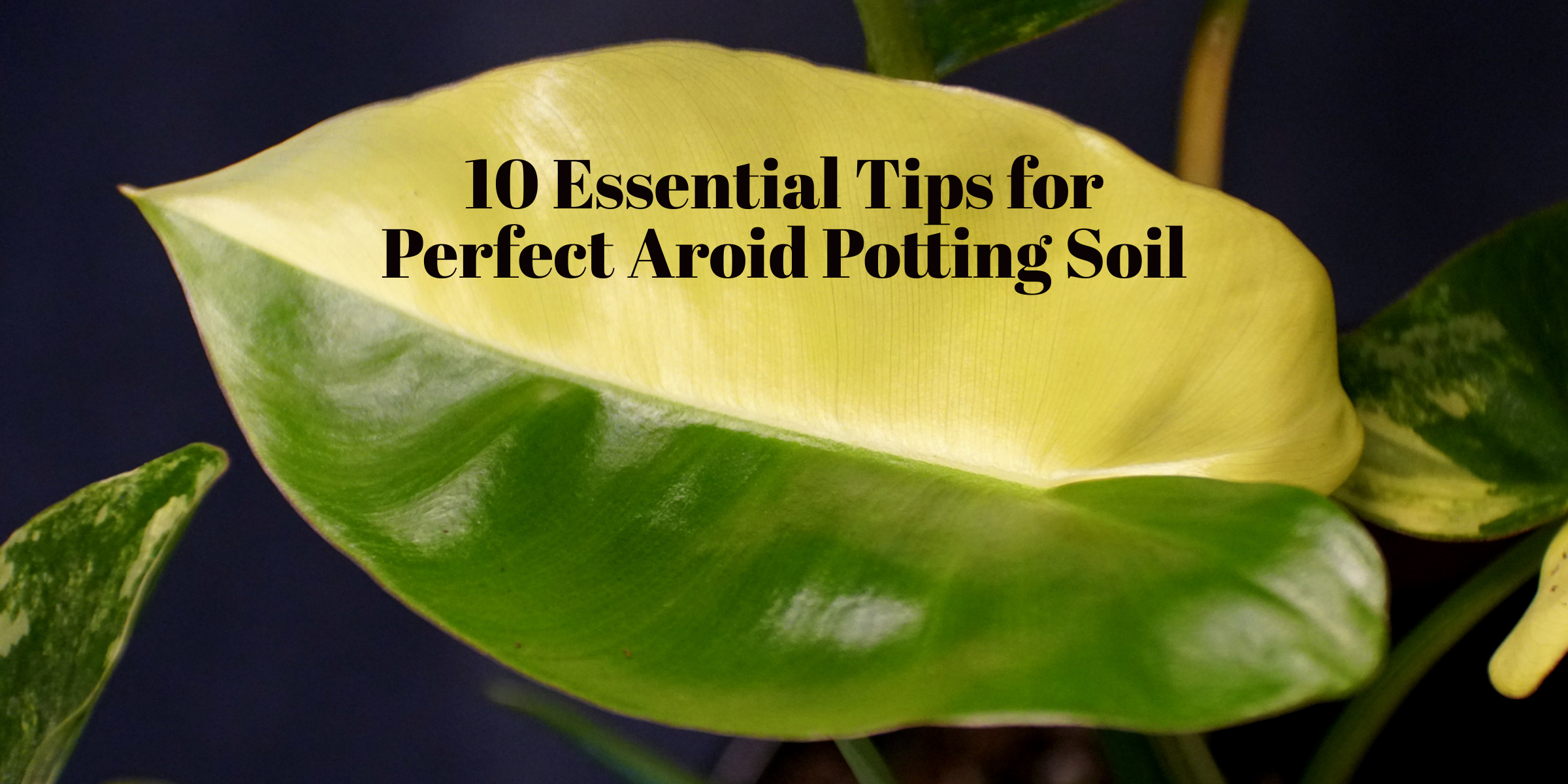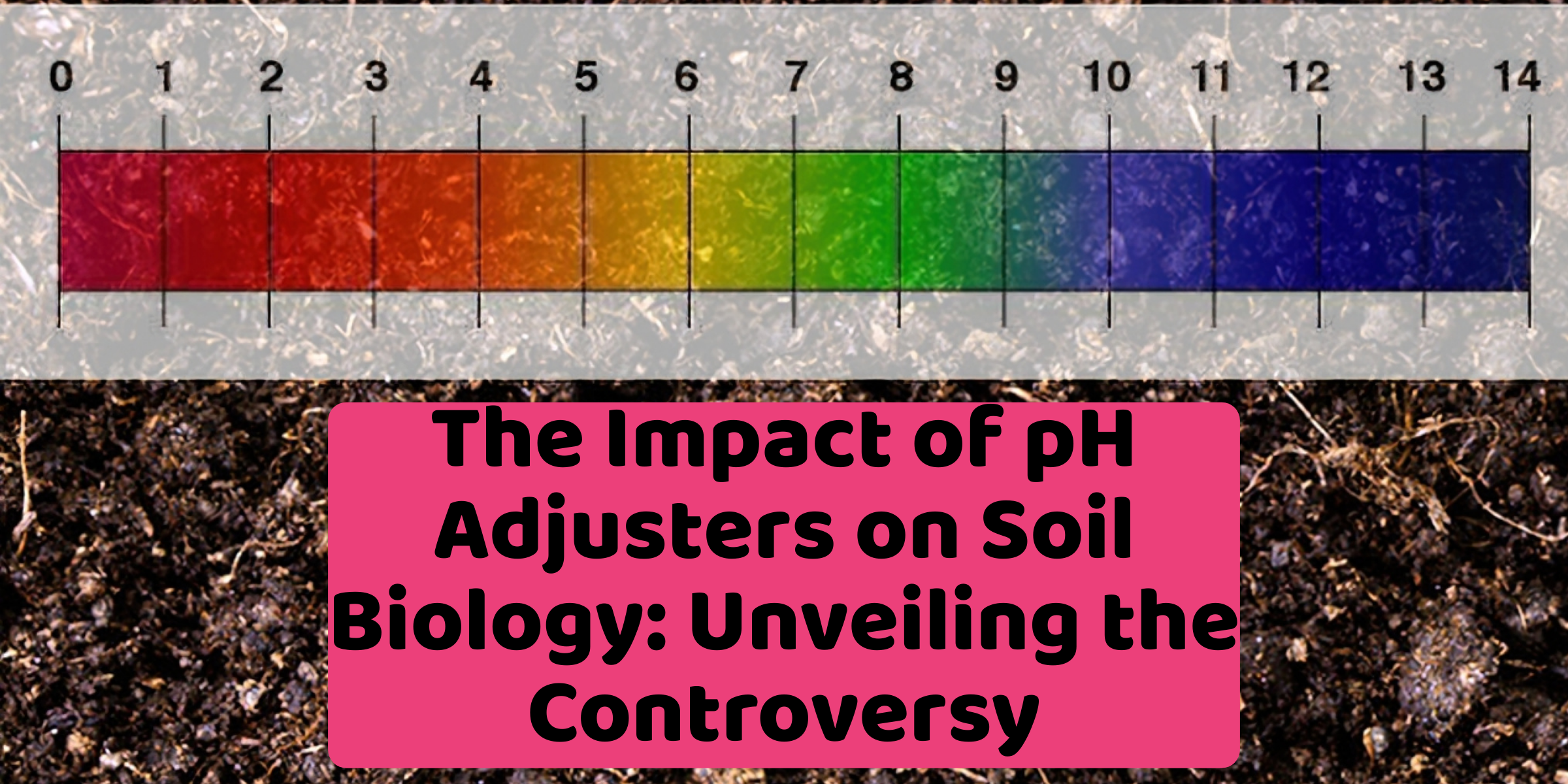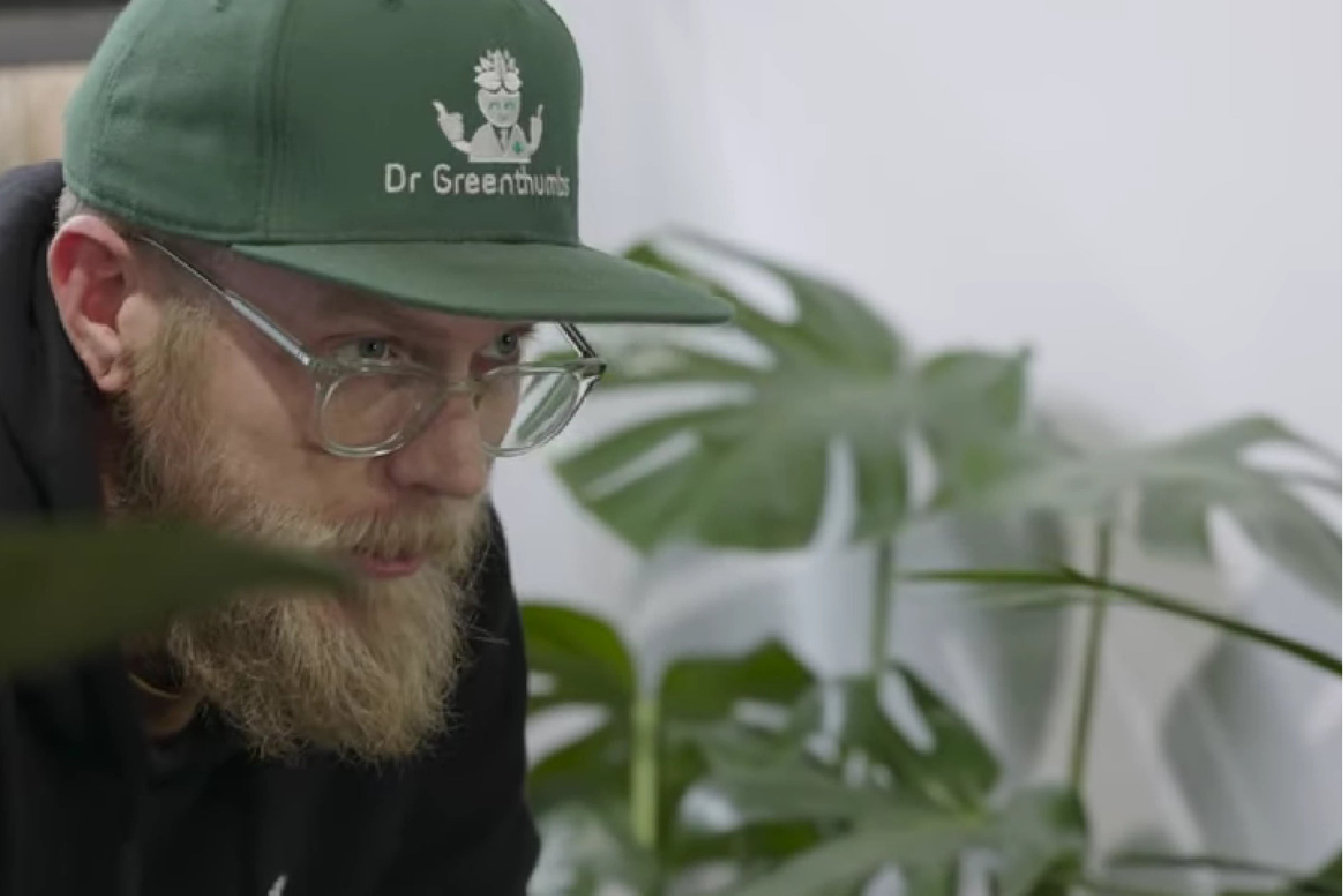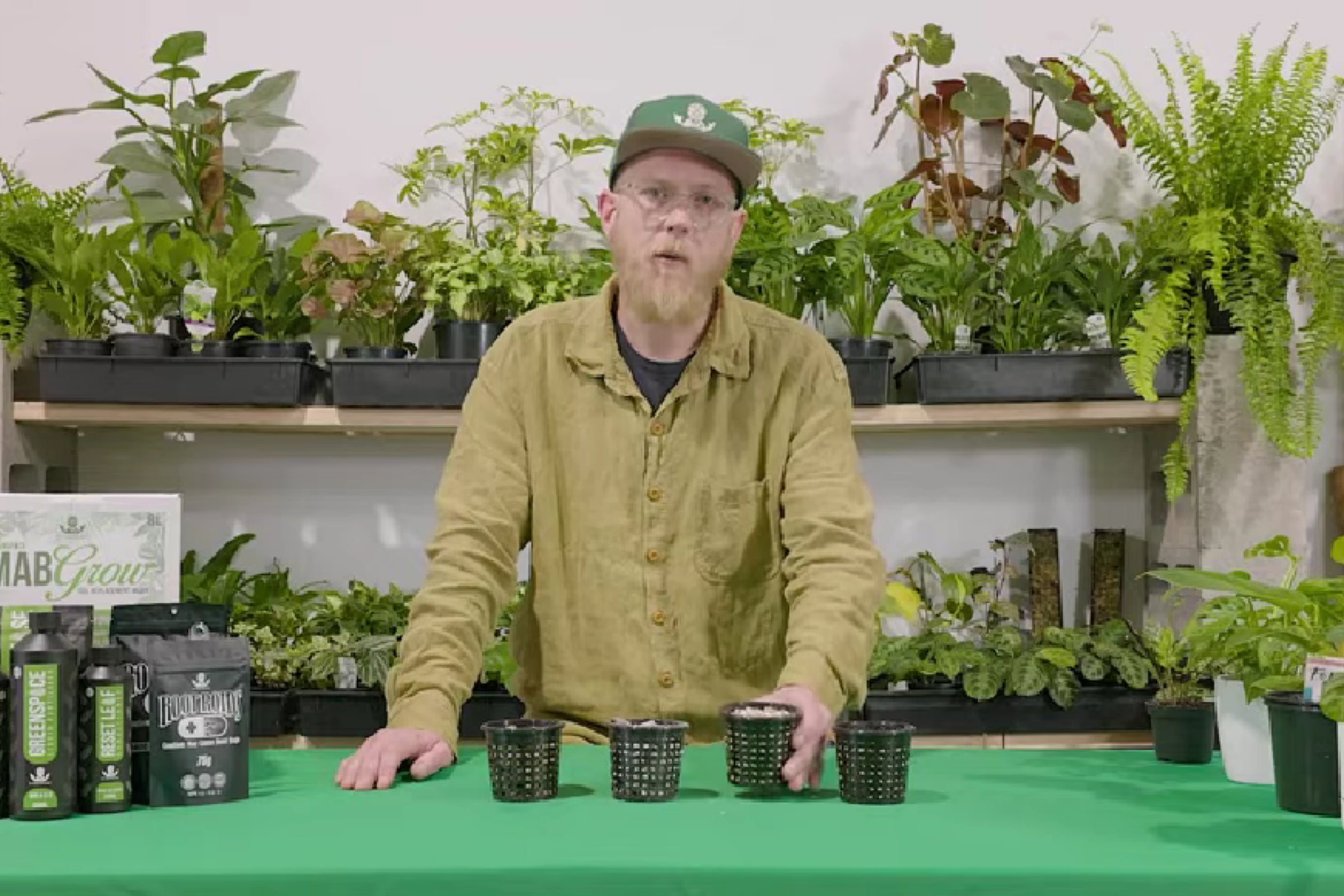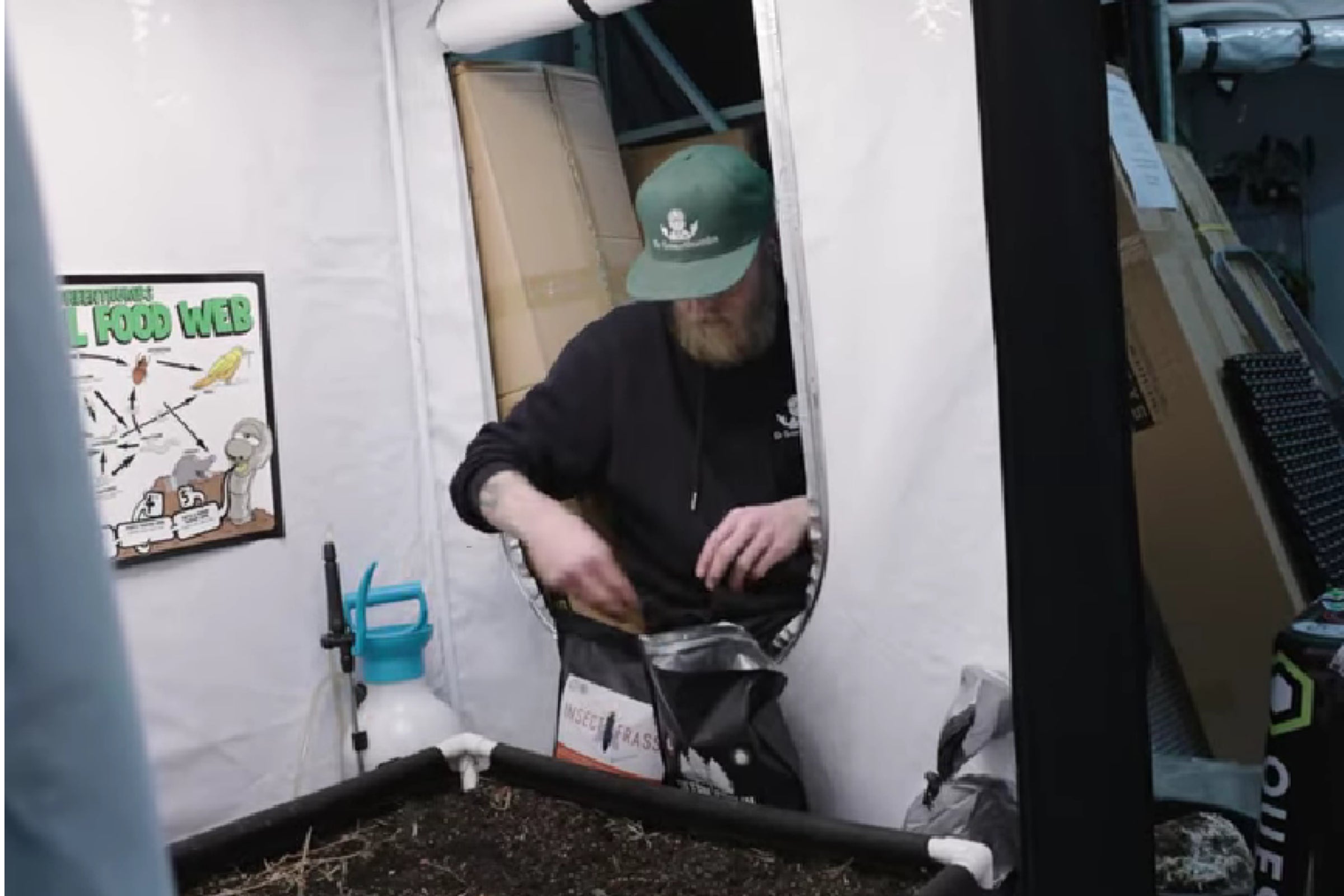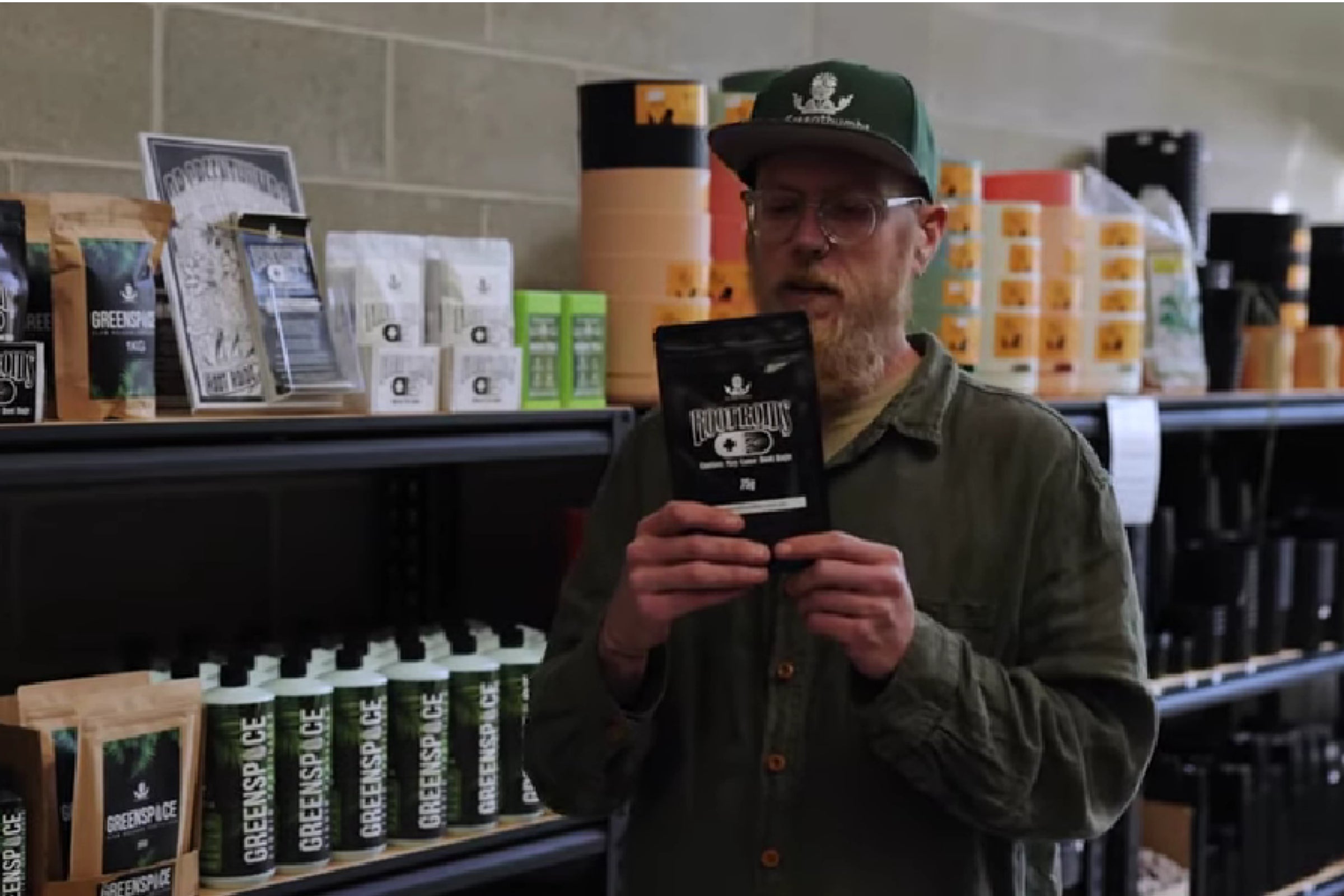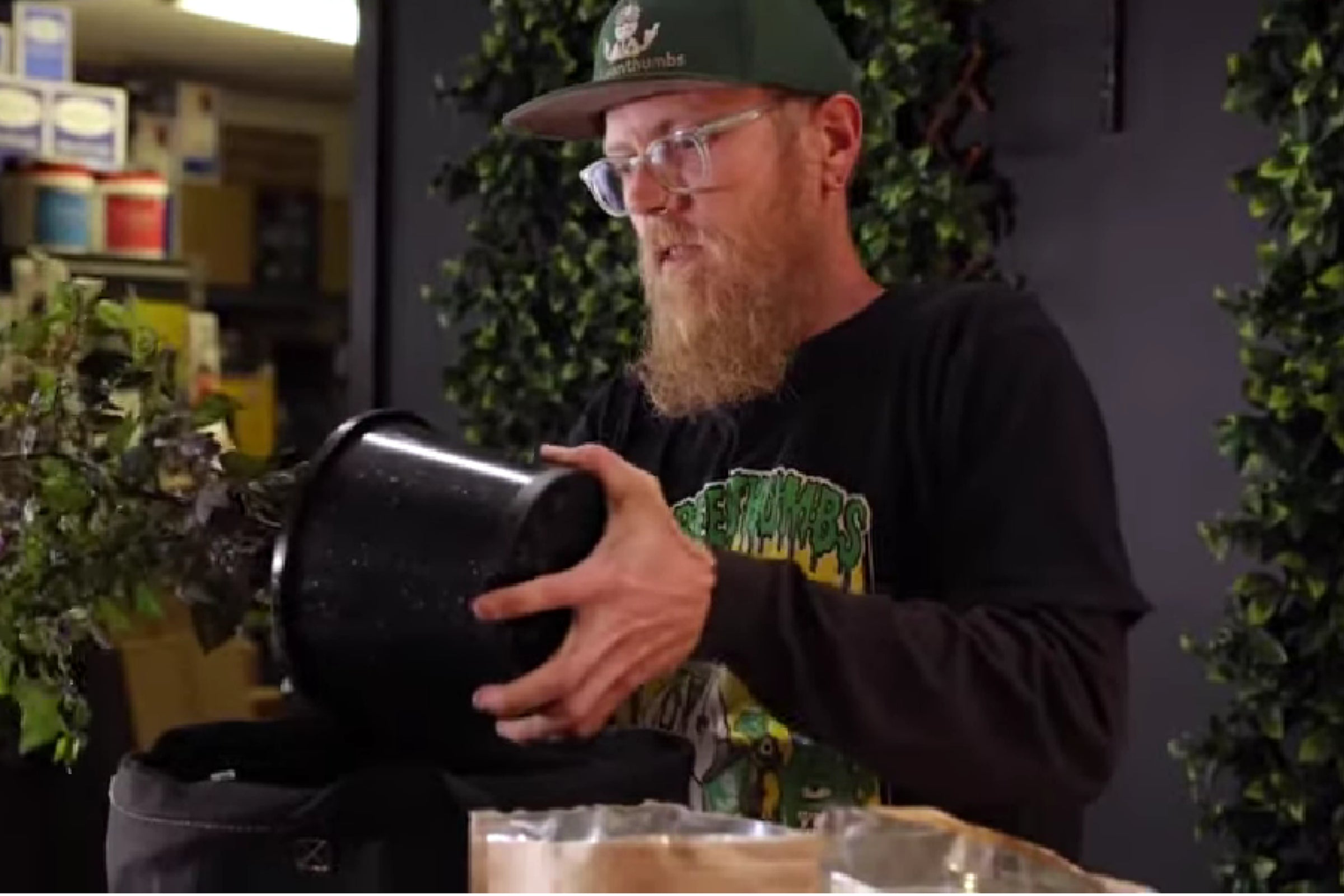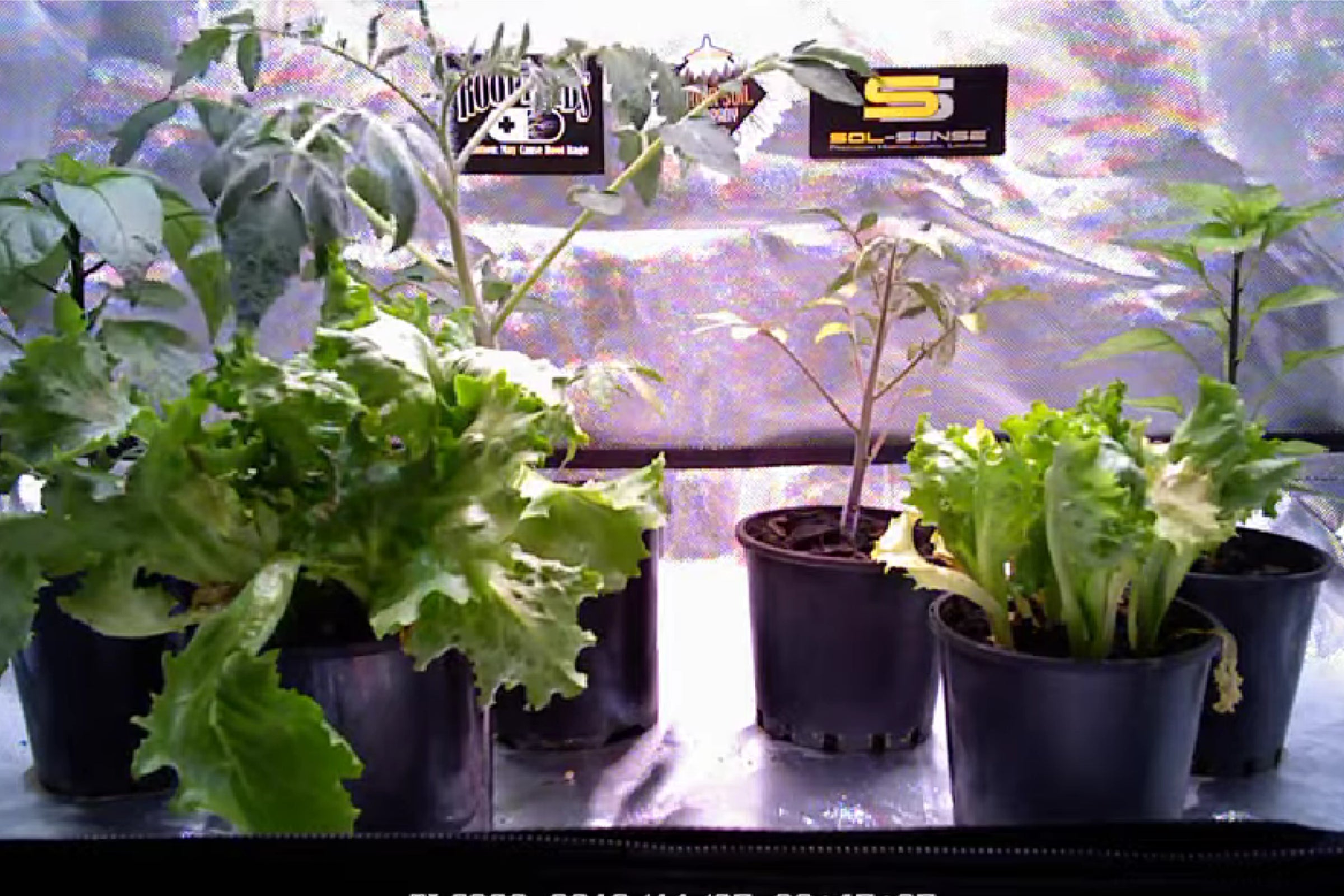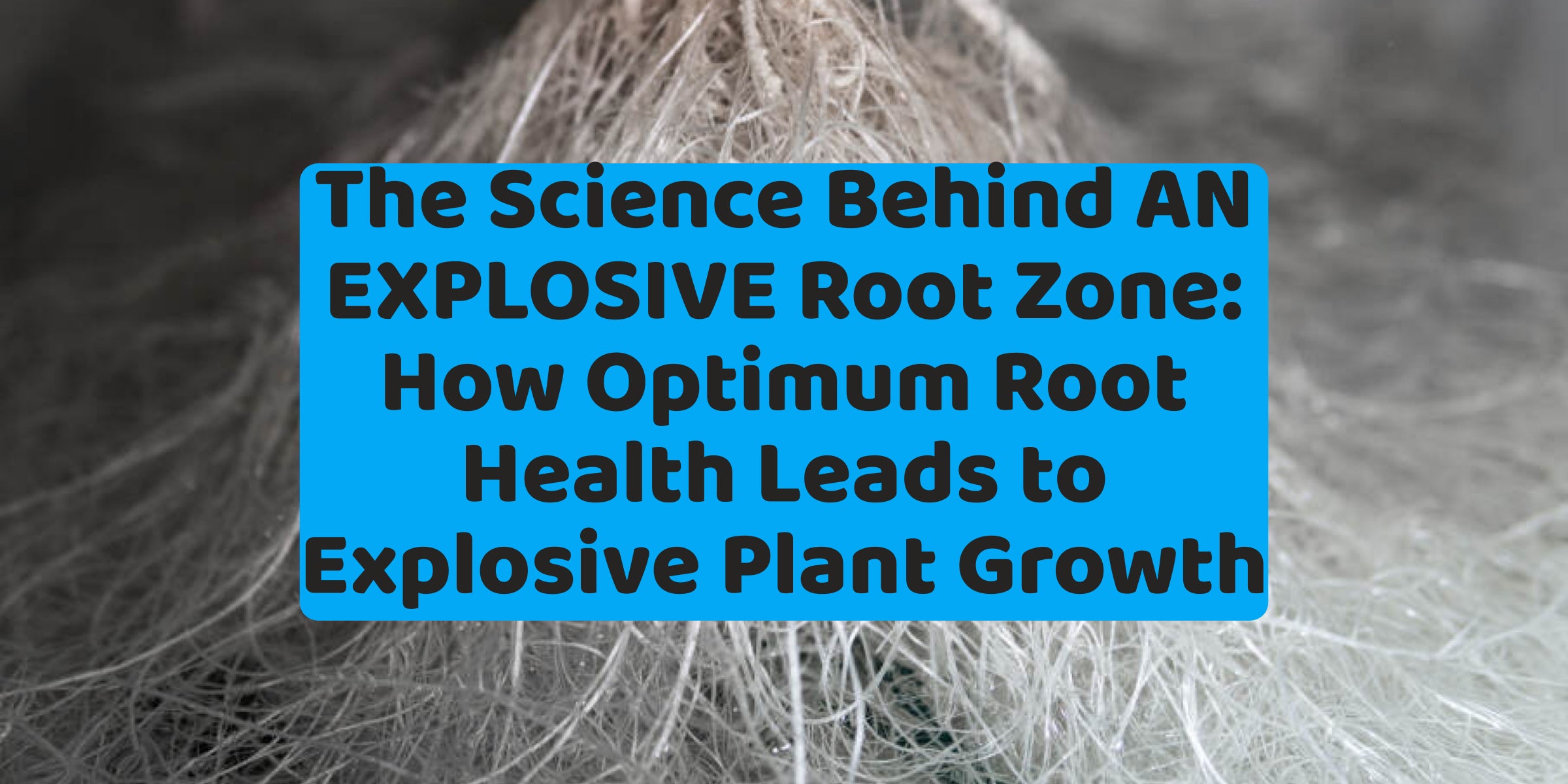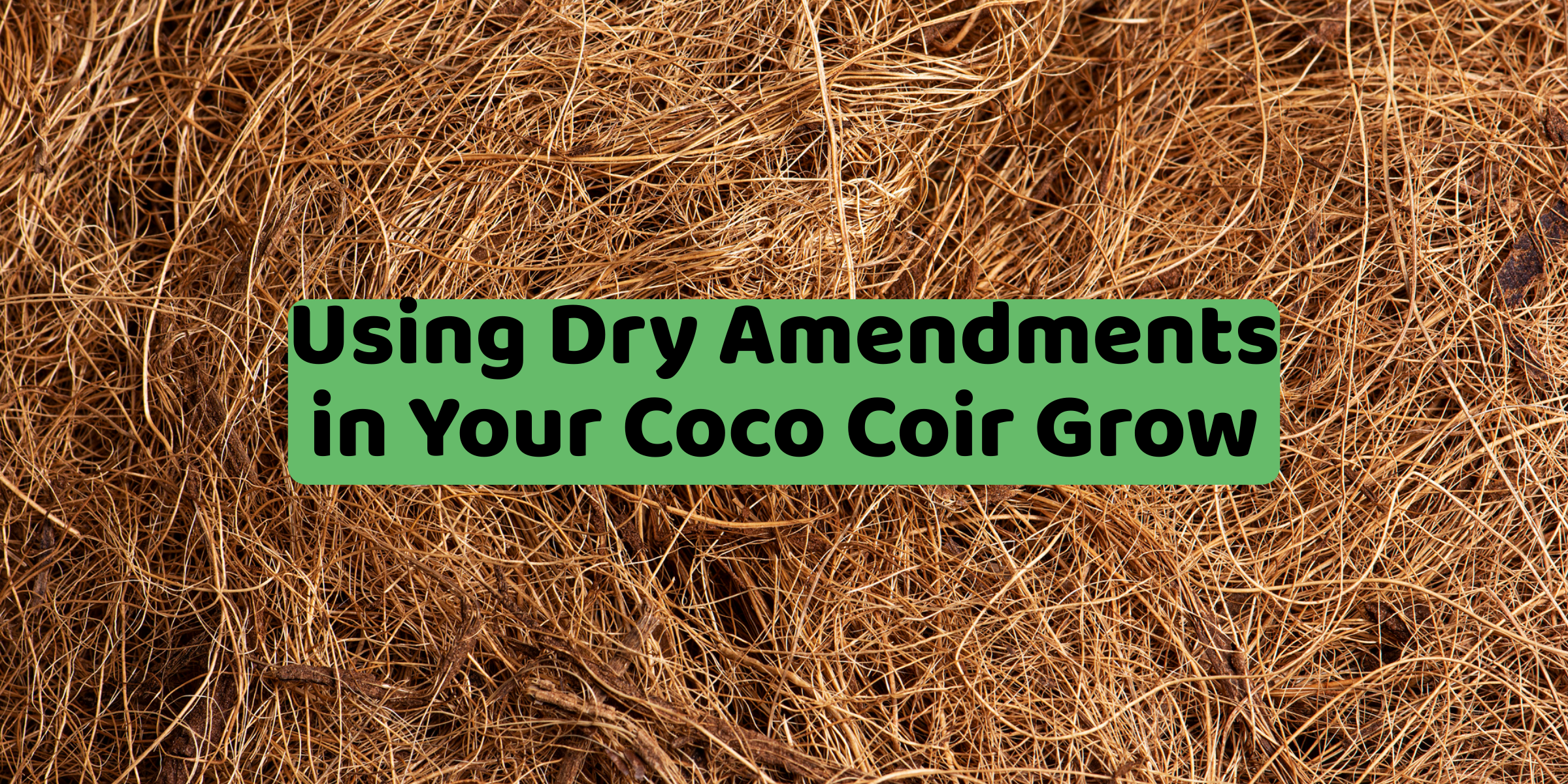At a time when the world's population is growing and resources are dwindling, it is essential to find ways to make the most of what we have. This is where nutrient recycling comes in. Nutrient recycling is the process of converting waste into nutrient-rich soil that can be used to grow crops and plants.
This process not only helps to reduce waste, but it also provides a sustainable source of nutrients for agriculture. In this article, we will explore the art of nutrient recycling and how it can be used to create a more sustainable future.
What is Nutrient Recycling?
Nutrient recycling is the process of converting organic waste into nutrient-rich soil. This process involves breaking down the organic waste using various methods, such as composting, vermicomposting, and anaerobic digestion. The resulting nutrient-rich soil can then be used to grow crops and plants, which in turn can be used to feed both humans and animals.
The Benefits of Nutrient Recycling
There are several benefits to nutrient recycling. Firstly, it helps to reduce waste. Organic waste that would otherwise be sent to landfills is instead used to create nutrient-rich soil. This not only helps to reduce the amount of waste that ends up in landfills, but it also reduces the amount of methane gas that is produced by landfills, which is a major contributor to global warming.
Secondly, nutrient recycling provides a sustainable source of nutrients for agriculture. The use of synthetic fertilizers has led to a decline in soil health, as these fertilizers do not provide the necessary nutrients that are required for healthy plant growth. Nutrient-rich soil created through nutrient recycling, on the other hand, provides a sustainable source of nutrients for agriculture, helping to maintain healthy soil and promote healthy plant growth.
Finally, nutrient recycling can also help to reduce the use of synthetic fertilizers and pesticides. This is because nutrient-rich soil created through nutrient recycling is less susceptible to pests and diseases, as it contains a healthy balance of nutrients and microorganisms.
The Art of Nutrient Recycling
Nutrient recycling is both a science and an art. The science involves understanding the biological processes that occur during the breakdown of organic waste. The art involves understanding how to create the ideal conditions for these processes to occur.
One of the key factors in nutrient recycling is the carbon to nitrogen ratio (C:N ratio) of the organic waste. The C:N ratio determines how quickly the waste will break down and the quality of the resulting soil. The ideal C:N ratio for composting is between 25:1 and 30:1, while the ideal C:N ratio for vermicomposting is between 20:1 and 25:1.
Another important factor is the moisture content of the waste. The waste must be kept moist, but not too wet, in order to create the ideal conditions for the breakdown of the organic matter. In addition, the waste must be turned regularly in order to provide oxygen to the microorganisms that are breaking down the waste.
The type of organic waste that is used in nutrient recycling is also important. Some types of waste, such as meat and dairy products, should not be used in composting or vermicomposting, as they can attract pests and produce foul odors. Other types of waste, such as leaves and grass clippings, are ideal for composting and vermicomposting, as they break down quickly and produce nutrient-rich soil
Who’s Helping?
- Worms play a crucial role in nutrient recycling through a process known as vermicomposting. Vermicomposting involves using worms to break down organic waste into nutrient-rich soil. Worms help to speed up the composting process by breaking down the organic waste into smaller particles, which makes it easier for microorganisms to break down the waste further. In addition, the worms' excrement, known as castings, is a rich source of nutrients that can be used to fertilize plants. Vermicomposting is a highly efficient way to recycle nutrients, as worms can consume up to half their weight in organic waste each day, and their castings are highly beneficial for plant growth. By harnessing the power of worms in nutrient recycling, we can create a more sustainable future for ourselves and the planet.
- Microbes, including bacteria and fungi, are also essential in nutrient recycling. These microorganisms break down the organic waste into nutrient-rich soil through a process known as decomposition. Different types of microorganisms are responsible for breaking down different types of waste, and the ideal balance of microorganisms is necessary for the efficient breakdown of organic waste. For example, bacteria are responsible for breaking down proteins and starches, while fungi are responsible for breaking down cellulose and lignin. Actinomycetes are also important in the breakdown of organic matter, as they produce enzymes that can break down complex organic compounds. By harnessing the power of these microorganisms in nutrient recycling, we can create nutrient-rich soil that is ideal for healthy plant growth. In addition, the use of these natural processes reduces the need for synthetic fertilizers and pesticides, which can harm the environment and human health.
- Arthropods and insects are also important in nutrient recycling. These organisms break down organic waste and contribute to the aeration and mixing of the waste, which helps to speed up the breakdown process. Some arthropods, such as millipedes and centipedes, break down tough materials like wood and bark, while others, such as beetles and ants, help to break down softer materials like leaves and fruits. In addition, insects like bees and butterflies contribute to the pollination of plants, which is essential for healthy plant growth. Insects and arthropods also provide a food source for other animals, which helps to maintain a healthy ecosystem. In nutrient recycling, microbes also play a crucial role in the breakdown of organic waste. For example, bacteria such as Bacillus and Pseudomonas, are used to break down organic matter in anaerobic digestion, while fungi like Trichoderma and Aspergillus, are used to break down organic matter in composting. By understanding the role of arthropods, insects, and microbes in nutrient recycling, we can create a more sustainable future by using natural processes to recycle nutrients and promote healthy plant growth.
What can be used that is also Sustainable & free?
Gardeners have many options when it comes to gathering and recycling their own nutrients. Here are ten sources of free nutrients that can be used to create nutrient-rich soil:
- Leaves: Fallen leaves are an excellent source of carbon and other nutrients that can be added to compost or used to create leaf mold.
- Grass clippings: Grass clippings are high in nitrogen and can be added to compost to increase the nutrient content.
- Coffee grounds: Used coffee grounds are rich in nitrogen and other nutrients and can be added to compost or used directly in the garden as a fertilizer.
- Vegetable scraps: Vegetable scraps such as carrot tops, potato peels, and onion skins can be added to compost to create nutrient-rich soil.
- Eggshells: Crushed eggshells are a great source of calcium and other minerals that can be added to compost or used directly in the garden as a fertilizer.
- Seaweed: Seaweed is rich in minerals and can be used as a mulch or added to compost to increase the nutrient content.
- Wood chips: Wood chips are a good source of carbon and can be added to compost to balance the nutrient content.
- Animal manure: Animal manure, such as cow, horse, or chicken manure, is high in nitrogen and other nutrients and can be added to compost to create nutrient-rich soil.
- Food waste: Food waste, such as fruit and vegetable scraps, can be added to a vermicomposting bin to create nutrient-rich worm castings.
- Aquaponics waste: Aquaponics waste, such as fish waste and uneaten fish food, can be used to create a nutrient-rich liquid fertilizer that can be used to feed plants.
By gathering and recycling these free sources of nutrients, gardeners can create their own nutrient-rich soil and promote healthy plant growth without relying on synthetic fertilizers or other chemical additives.

